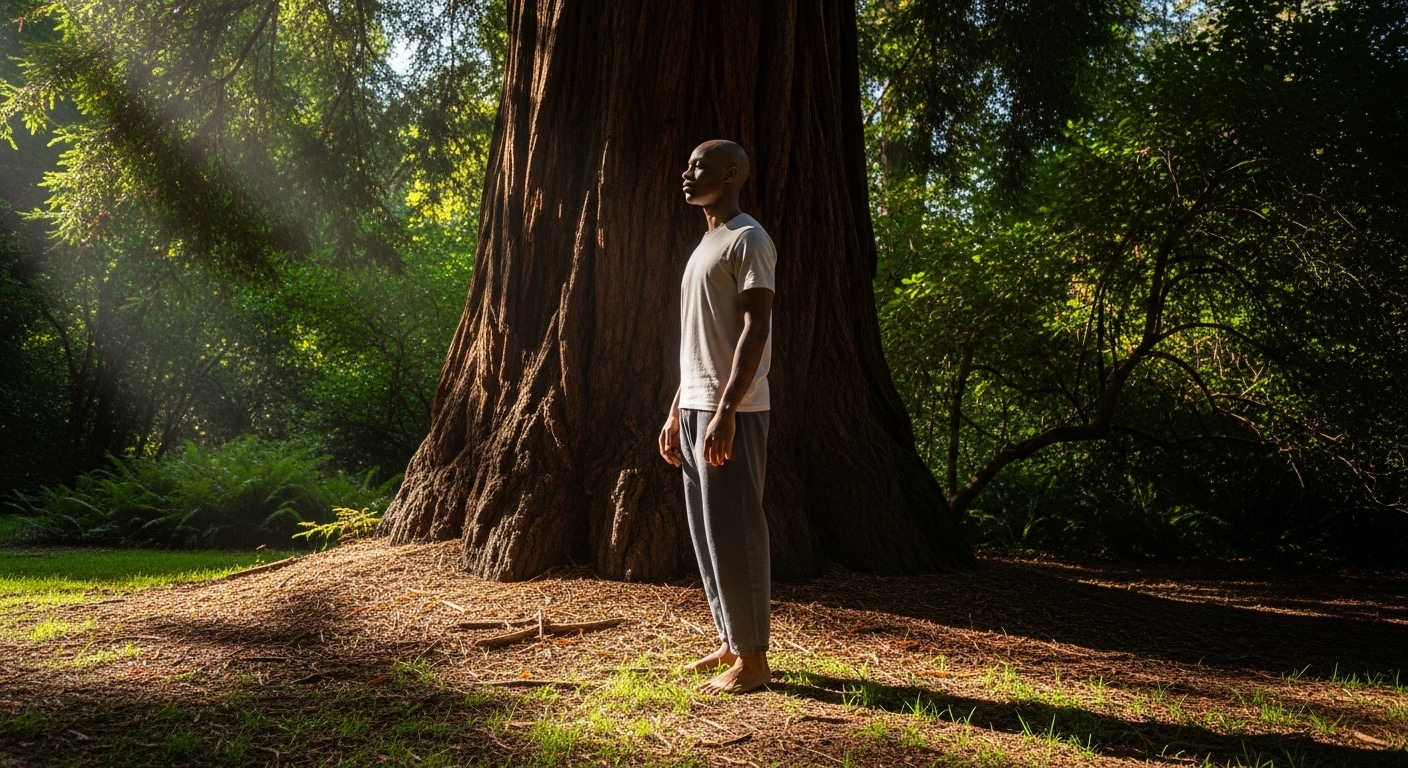Discovering the Healing Power of Grounding: Connecting with Earth's Energy
Have you ever felt a renewed sense of vitality after walking barefoot on the beach or grass? This sensation is more than just a psychological response; it's a physiological process known as grounding or earthing. Grounding is an emerging wellness practice that involves connecting our bodies directly with the Earth's surface energy. In this article, we delve into the science behind grounding, its potential health benefits, and how you can incorporate it into your daily routine.

The Concept of Grounding: A Historical Overview
While grounding may seem like a new concept, it has deep roots in human history. Our ancestors lived in direct contact with the Earth, walking barefoot and sleeping on the ground. However, the advent of modern lifestyles, including wearing rubber or plastic-soled shoes and living in high-rise buildings, has disconnected us from the Earth’s surface.
In recent years, scientists have begun to explore the potential health implications of this disconnection, leading to the development of grounding as a wellness practice.
The Science Behind Grounding
The Earth’s surface is rich in negatively charged electrons. When our skin comes into direct contact with the ground, these electrons are absorbed into our body. This process is believed to neutralize positive ions, or free radicals, which are associated with inflammation and disease.
A growing body of research supports the potential health benefits of grounding. For instance, a 2012 study published in the Journal of Environmental and Public Health found that grounding can improve sleep, reduce pain, and decrease stress.
Grounding in Practice: Benefits and Challenges
Practicing grounding is as simple as spending time barefoot outdoors. Common techniques include walking barefoot on grass, sand, or soil, swimming in natural bodies of water, and even hugging or leaning against trees.
Grounding has been associated with various health benefits, including improved sleep quality, reduced inflammation, increased energy levels, and decreased stress and anxiety. It’s also believed to support cardiovascular health and aid in recovery from intense physical activity.
However, grounding also poses certain challenges. For example, urban living, cold climates, and the risk of injury or infection from walking barefoot can make grounding difficult to practice regularly.
Grounding: A Blend of Science and Anecdotal Evidence
While the science of grounding is still emerging, anecdotal evidence supports its potential benefits. Many people who practice grounding report feeling more centered, peaceful, and connected to nature. However, more rigorous scientific research is needed to fully understand the mechanisms and long-term effects of grounding on health.
Incorporating Grounding into Your Wellness Routine
-
Start with short grounding sessions of about 20 minutes, gradually increasing as you get more comfortable.
-
Try to ground in the early morning or late afternoon when the sun is less intense.
-
If walking barefoot isn’t an option, consider using grounding products like conductive mats, sheets, or patches.
In conclusion, grounding offers a unique way to reconnect with nature and potentially improve our health. While the science behind grounding is still developing, its growing popularity attests to the compelling nature of this practice. Whether you’re seeking to reduce stress, improve sleep, or simply feel more connected to the Earth, grounding might just be worth a try. Remember, as with any wellness practice, it’s important to listen to your body and do what feels right for you.






